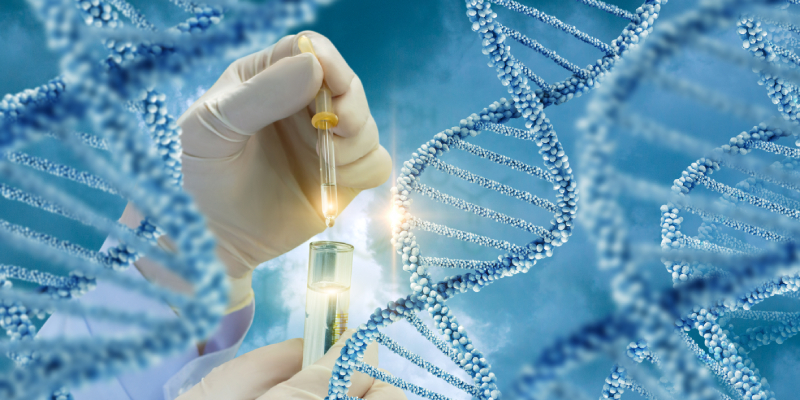
A genetic model examined MGA (Max gene associated) as a factor in Richter transformation (RT) of chronic lymphocytic leukemia (CLL), a process in which CLL converts into aggressive lymphoma and carries poor outcomes. The model’s findings were reported in Science Translational Medicine.
“MGA, a functional MYC suppressor, is mutated at 3% in CLL and 36% in RT. However, genetic models and molecular mechanisms of MGA deletion that drive CLL to RT remain elusive,” wrote lead report author Prajish Iyer, PhD, of City of Hope National Comprehensive Cancer Center in Monrovia, California, regarding the need for this research.
Starting from the Sf3b1/Mdr CLL mouse model, the investigators produced an RT mouse model in which they used CRISPR-Cas9 to perform Mga knockout and then evaluate the role of Mga in RT.
The investigators were then able to pinpoint Nme1 (nucleoside diphosphate kinase) as an Mga knockout target using RNA sequencing and functional characterization. RT cells in mice feature mitochondrial aberrations plus elevated oxidative phosphorylation (OXPHOS), and the investigators observed Nme1 drives RT by modulating OXPHOS.
“Our results suggest that the Mga-Nme1 axis drives murine CLL-to-RT transition via modulating OXPHOS, highlighting a potential therapeutic avenue for RT,” wrote Dr. Iyer.
The investigators also found that by simultaneously inhibiting MYC and electron transport chain complex II, they could significantly extend the survival of mice with RT in their model.
Reference
Iyer P, Zhang B, Liu T, et al. MGA deletion leads to Richter’s transformation by modulating mitochondrial OXPHOS. Sci Transl Med. 2024;16(758):eadg7915. doi:10.1126/scitranslmed.adg7915






 © 2025 Mashup Media, LLC, a Formedics Property. All Rights Reserved.
© 2025 Mashup Media, LLC, a Formedics Property. All Rights Reserved.